Old Tech, New Wheels
In which Norm catches up to BLACKBERRY and FAST X, a quarter-mile at a time.
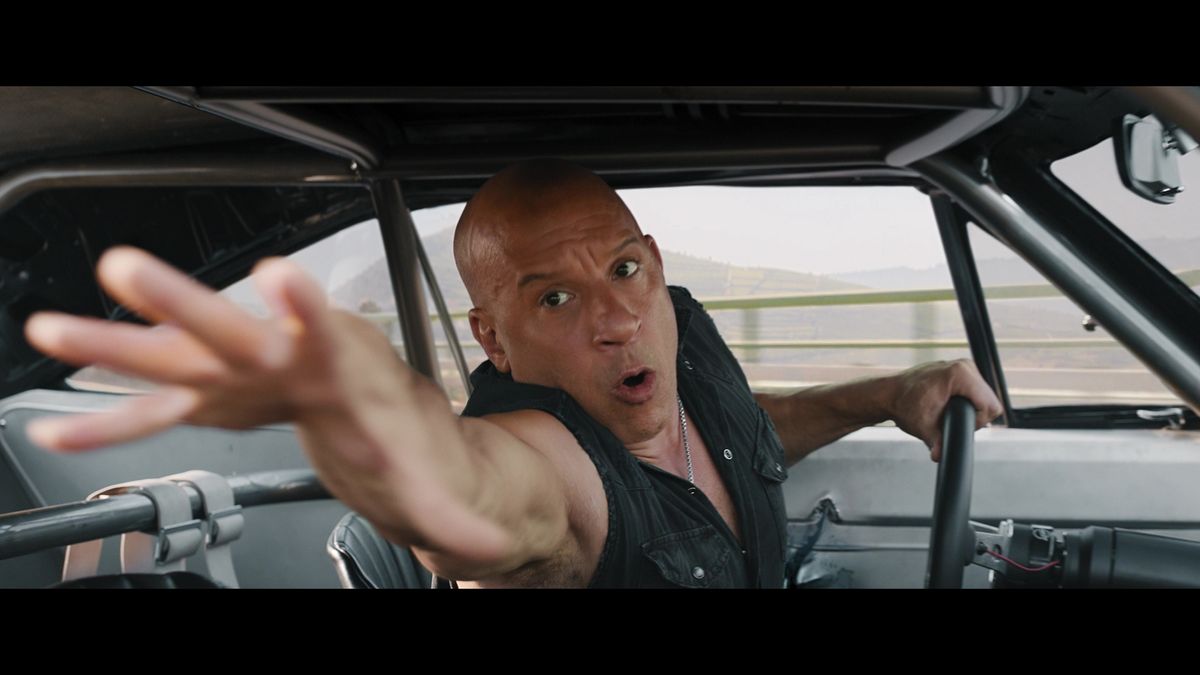
So we moved this weekend and I am a wreck, but while we’ve been packing and unpacking there was some genuinely encouraging news on the physical media front.
Walt Disney Home Entertainment – which has been, shall we say, a little apathetic of late about releasing anything on disc that isn’t a new theatrical release or an anniversary edition of a studio classic – has announced that not only will last year’s Predator prequel Prey be arriving on 4K UHD in October, more than a year after its streaming premiere, but a number of other Disney+ exclusive series – specifically WandaVision, Loki: Season One and the first two seasons of The Mandalorian – will be rolling onto 4K and Blu-ray before the year is out.
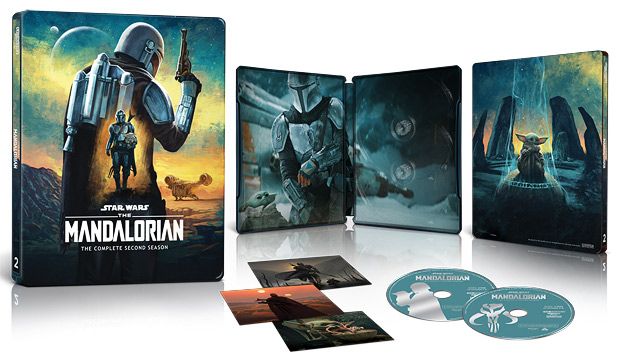
It's a very encouraging move, given how paltry Disney’s physical output has been in recent years. And though none of these titles represents any sort of risk for the studio – they’re all long-lived franchises with fervent fan bases, and every last one of these editions is available as a fancy collectible Steelbook – it’s worth noting that they’re all formerly exclusive to Disney’s streaming services, where they were marketed as enticements to sign up. Now, if Disney would just release entire sets of the shows it disappeared from those streaming services … but that’s a challenge for another day.
Today’s challenge is catching up to the backlog of discs that’s been building up over the last few weeks, as move prep intersected with several other life challenges (work-life balance, what a concept!) to almost entirely derail this newsletter. I know a few of you just renewed your annual subscriptions, and honestly? Thanks for the faith you’ve shown in me. Even with the festival coming up in less than three weeks, I’m hoping to get back to a consistent publication schedule as of … well, now, actually.

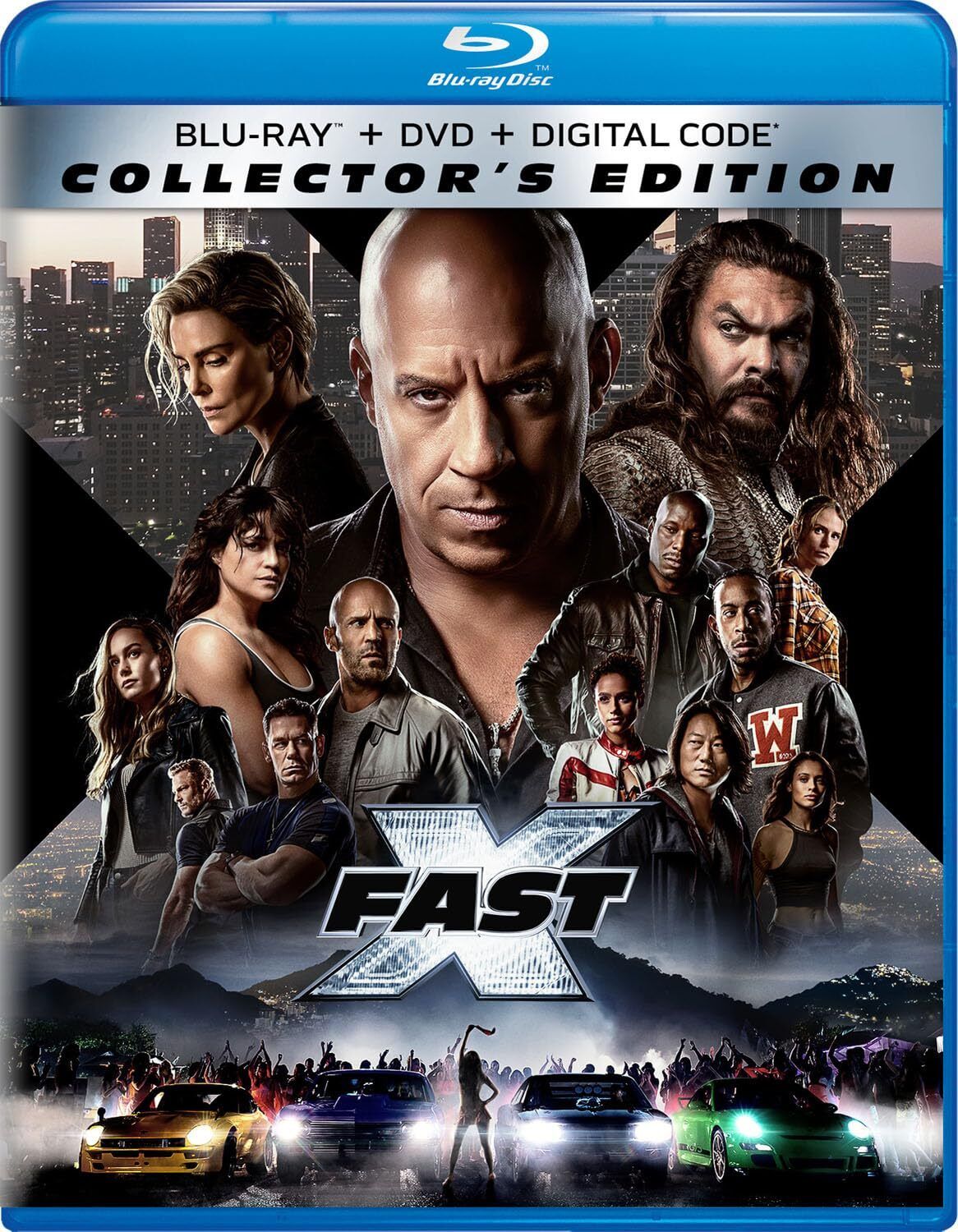
So let’s get into it. What do Matt Johnson’s Blackberry and Louis Leterrier’s Fast X have in common? Not a lot, on the face of it. Johnson’s idiosyncratic look at the rise and fall of the game-changing mobile device – and the technical and financial maneuvering that enabled that arc – was made for a fraction of the color-correction budget of Leterrier’s mega-franchise sequel, and shot primarily in a decommissioned factory in Hamilton, Ontario while the latest chapter of Vin Diesel and his ever-expanding army of superspies was filmed all over the world at preposterous expense. One’s about friendship; the other is about family. I guess if you step back they’re both movies about exceptional people who defy both logic and wisdom to achieve their goals, burning a few bridges along the way. It’s just that Blackberry’s bridges are metaphorical, while Fast X deals in rather more literal structures.
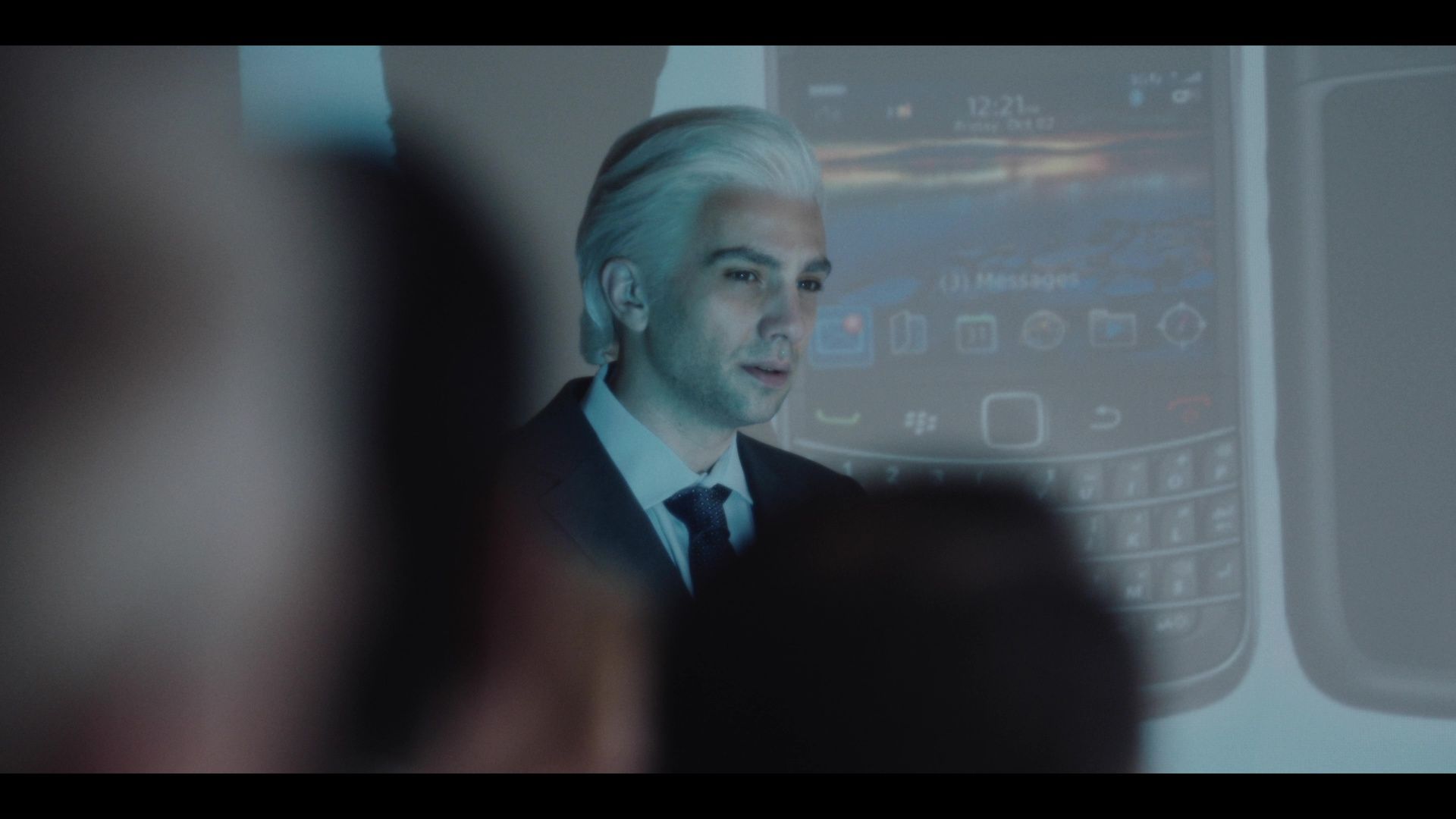
Blackberry is, at its most basic level, a simple story about some engineers who made a gizmo that let people have e-mail on their cell phones and the Faustian bargain that let them change the world with their device. The engineers were Doug Fregin (Johnson) and Mike Lazaridis (Jay Baruchel); their personal Mephisto was Jim Balsillie (Glenn Howerton), the executive who realized what they had even before they did, and willed it to the finish line. The first RIM Blackberry hit the market in January of 1999; the product was officially discontinued in January of 2022, though it had been effectively dead for at least a decade before that, its clicky-typey charm instantly outmoded by the sleek, keyless iPhone in 2007.
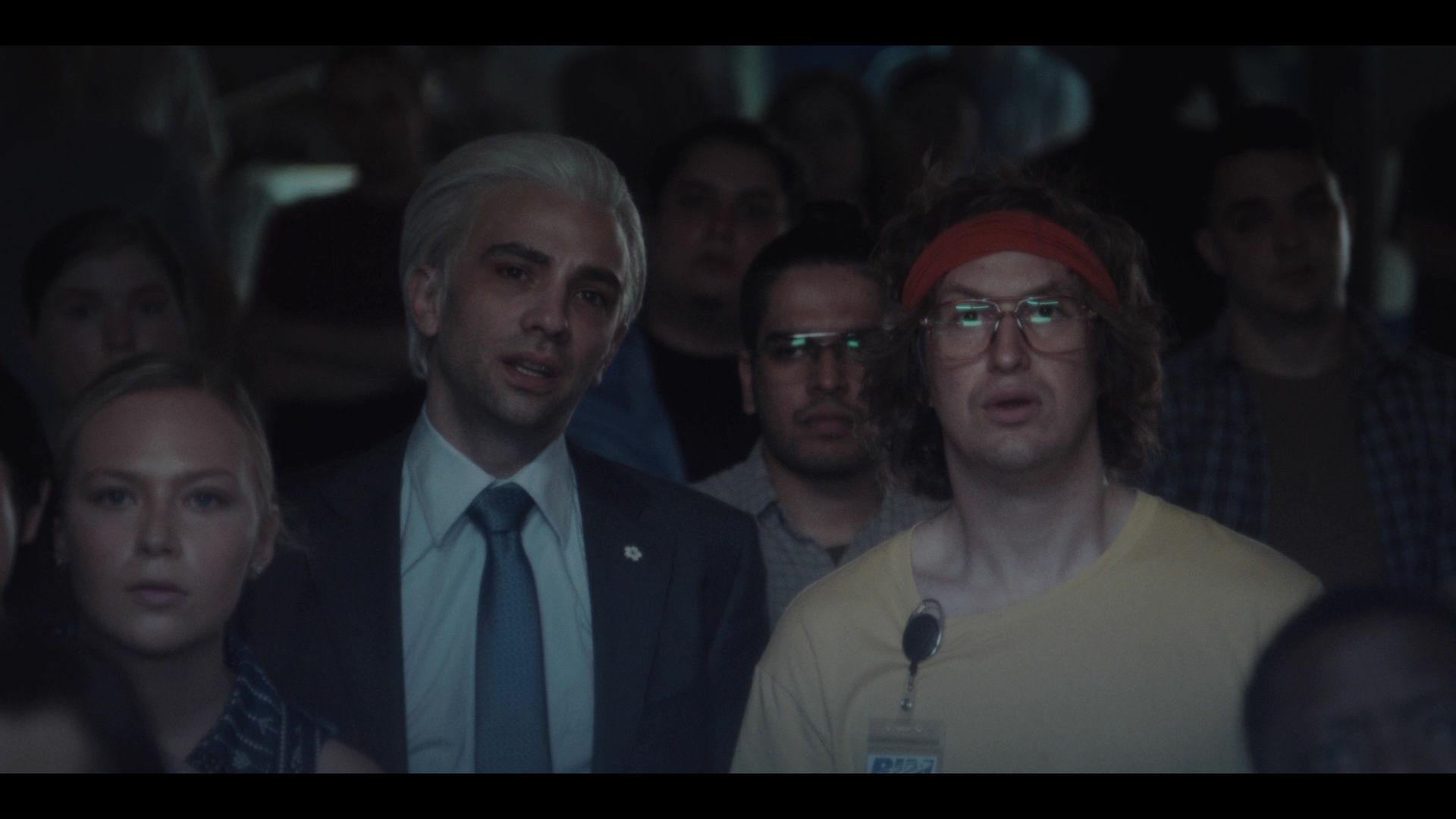
There’s a cautionary tale in there somewhere, but Johnson’s not interested in moral judgments any more than he’s interested in the massive, almost incomprehensible amounts of money generated by the Blackberry – enough for Balsillie to lease Copps Coliseum as part of his attempt to buy an NHL team and move it to Hamilton, if you were wondering. He’s more interested in the hustle, in the force of will required to convince other people you can deliver on an impossible idea, and get them to support it when every cell in their brains are screaming at them to run to safety.
It’s the same core concept that powered his first film, The Dirties, where Matt played an excitable high-schooler whose determination to make the most realistic movie about a school shooting slowly morphs into homicidal mania, and his followup Operation Avalanche, where he plays an excitable film student who stumbles onto a conspiracy to fake the Apollo 11 moon landing. And of course it’s at the heart of his long-running television project Nirvanna The Band The Show, where he plays an excitable hanger-on who tries to create a music career for himself and his best friend despite never having played a gig or even written a song.
When Operation Avalanche came out in 2016, I wrote a piece for NOW expressing appreciation for Matt’s talent but also exasperation that he seemed content to do the same thing over and over again. Blackberry lets Matt find a way to do the thing he loves while also expanding in new directions, marrying his restless, anxious aesthetic to a true corporate story that’s rich with character and incident.
He still gets to play an excitable goof – and a goof who serves as the story’s conscience and heart, since the film sees Doug as the player in the RIM saga whose virtue remained intact – but he also cedes space to the characters who deserve it, as Balsillie’s arrival at RIM starts to nudge Doug out of the chain of command. Mike, the loyal friend, resists sidelining his childhood pal as long as possible, but he knows Doug is more of a cheerleader than a colleague; he’s the guy who organizes movie nights for the coders and makes sure everyone’s popcorn is fresh while Mike sits at the bench working on the next prototype.
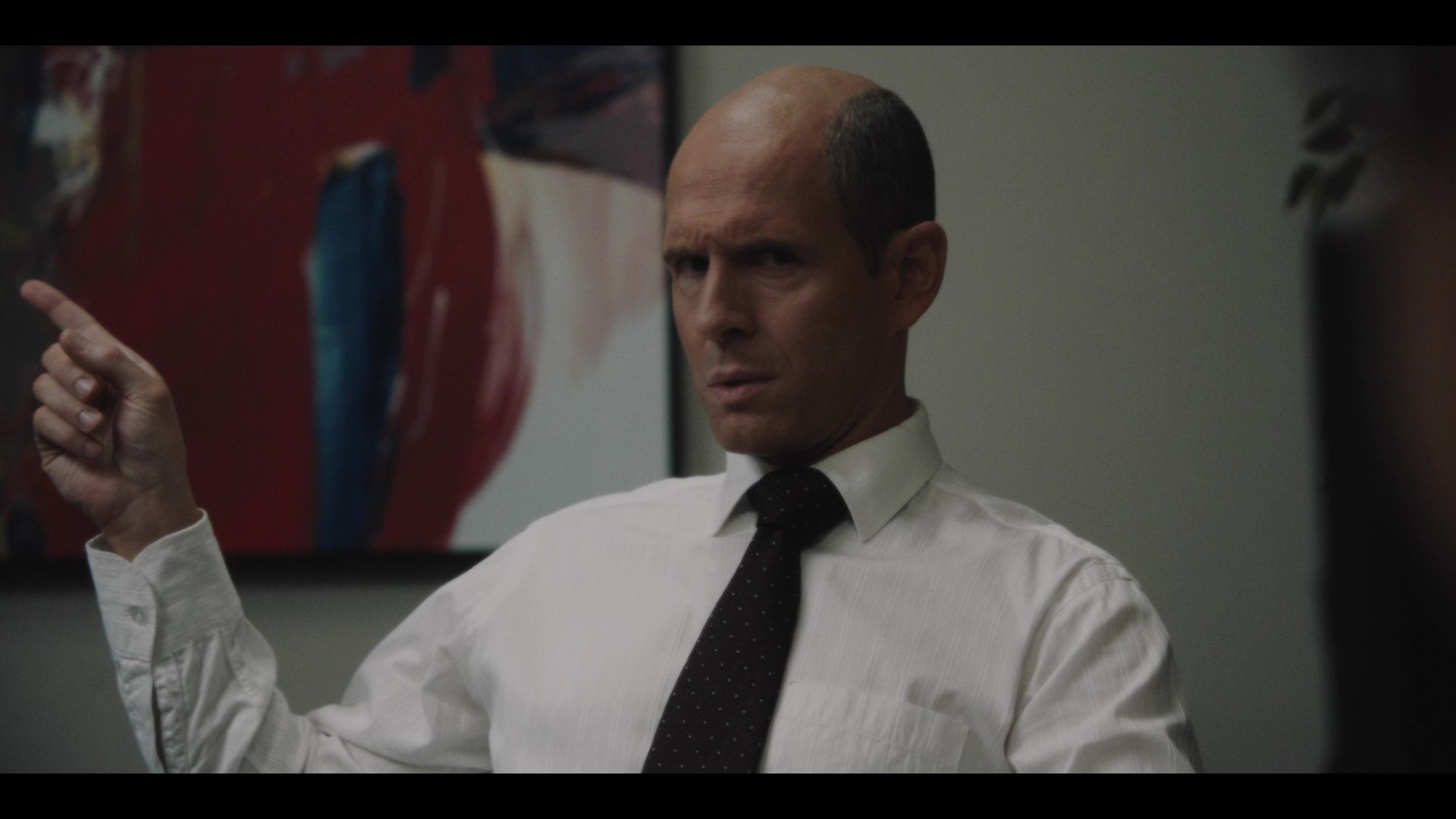
Jim, though? He’s a shark. Or maybe a velociraptor. Howerton, who’s spent a decade and a half perfecting the dead-eyed comic sociopathy of Dennis Reynolds on It’s Always Sunny in Philadelphia, brings the same impatient fury to Balsillie – but plays it for discomfort instead of laughs. Howerton can snap off a brutal dismissal or cutting remark like nobody else, but with Balsillie he adds an undercurrent of potential violence, as though Jim is only ever a moment away from punching the nearest wall, or throttling the nearest assistant. He’s scary in a way that other actors might not allow themselves to be, for fear of alienating the audience.
Howerton isn’t worried about whether we’ll like Jim Balsillie, because he understands that no one should. The real Balsillie was known for his temper and his peacocking pronouncements, which were forgivable as long as he stayed in his lane and delivered a product that people loved; as soon as he overreached, as with the NHL thing, he was politely but firmly slapped back down. In the film’s telling, that made him even angrier and more aggressive, because it justified his entire philosophy, which boiled down to “screw them before they have a chance to screw you”.
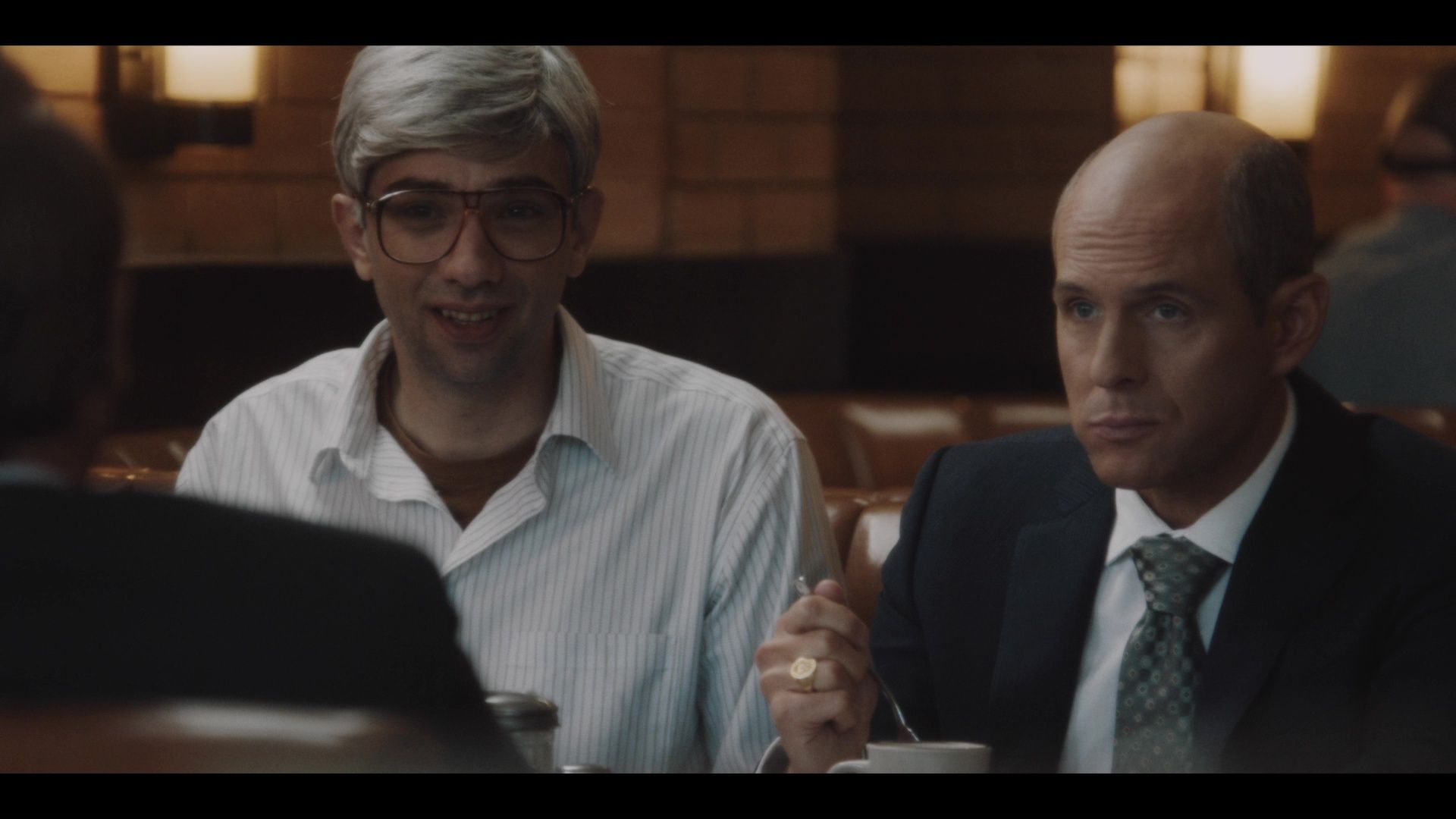
The fictional Balsillie is a glorious monster. He’s the Canadian Patrick Bateman, obsessed with dominance and conquest to the exclusion of all human pleasure; he doesn’t kill anyone, but we can’t be certain he won’t. Johnson and DP Jared Raab subtly set him against Doug and Mike from the start, always making sure Baruchel and Johnson are paired in one frame while Howerton seethes alone in the reverse shot; later, when Jim and Mike travel to New York for a pitch and ride together in the back seat of a cab, Mike squirms in discomfort, trying to put as much distance between himself and Jim as he can in case a tendril sneaks out from under Jim’s shirt to infect him like one of the dogs in The Thing. (Film bros to the core, the RIM guys watch a lot of John Carpenter movies; the ghouls from They Live would have loved Blackberries.)
If you’ve picked up a smartphone in the last decade or so, you know this story doesn’t exactly have a happy ending, but Blackberry makes the ride a very enjoyable one. Johnson’s script, co-written with his longtime creative partner Matt Miller and very freely adapted from Jaquie McNish and Sean Silcoff’s 2015 book Losing the Signal, is all about the stumbling and flailing that sometimes leads to strokes of genius, with very little consideration given to the long-term ramifications or any given breakthrough. Comparisons to Primer and The Social Network are inevitable; all three films are stories of people who change the world, but can’t change themselves.
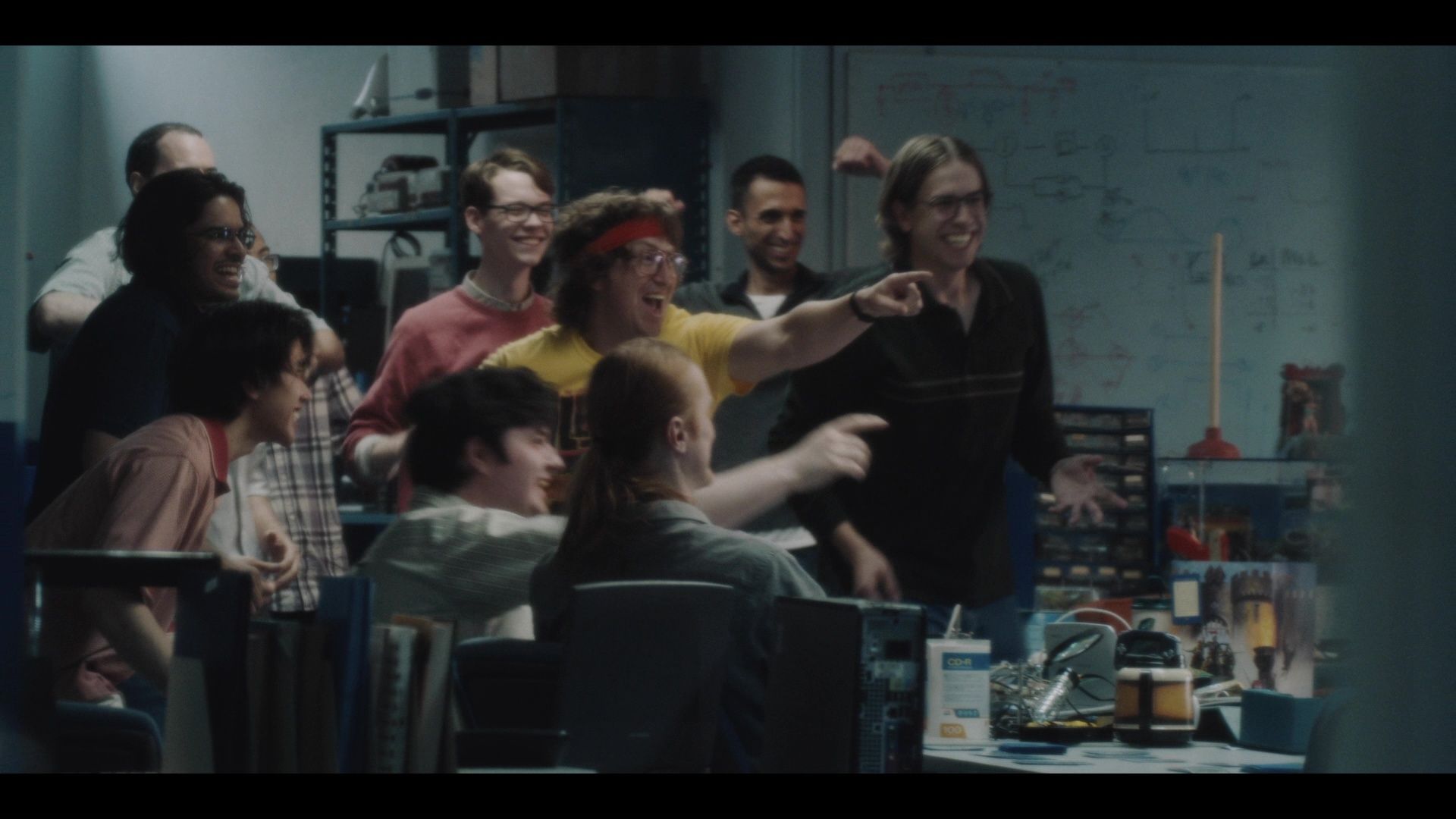
Jared Raab’s jittery handheld camera gives Blackberry a more intimate feel, peering through blinds and over tabletops like a nervous whistleblower to catch the characters unaware. It’s the way Johnson works – I don’t think he knows any other way to tell a story – and it’s perfect for performers like Baruchel and Howerton, whose physicality tells us more about Mike and Jim’s emotional states than any of the words they say. And though Matt’s earnest Doug does get squeezed out as the story progresses, Johnson the filmmaker makes sure we know whose movie this is: Doug gets to cash out and move on while Mike disappears into his own compulsions, and the sun sets on a Waterloo warehouse. Cue the Kinks.
Elevation’s Blu-ray presents Blackberry in a very good 1080p transfer, shifting between the sickly fluorescent lighting of the RIM offices and the blown-out sunlight of Waterloo streets, where the programmers blink and squint like moles emerging from their burrows – and Balsillie strides forward with a furious, fixed stare as if he’s willing his pupils not to contract. The soundtrack is organically busy, the keystrokes of coders married to the hum of the lights and tech; dialogue is always clear and coherent, even when flecked with spittle.
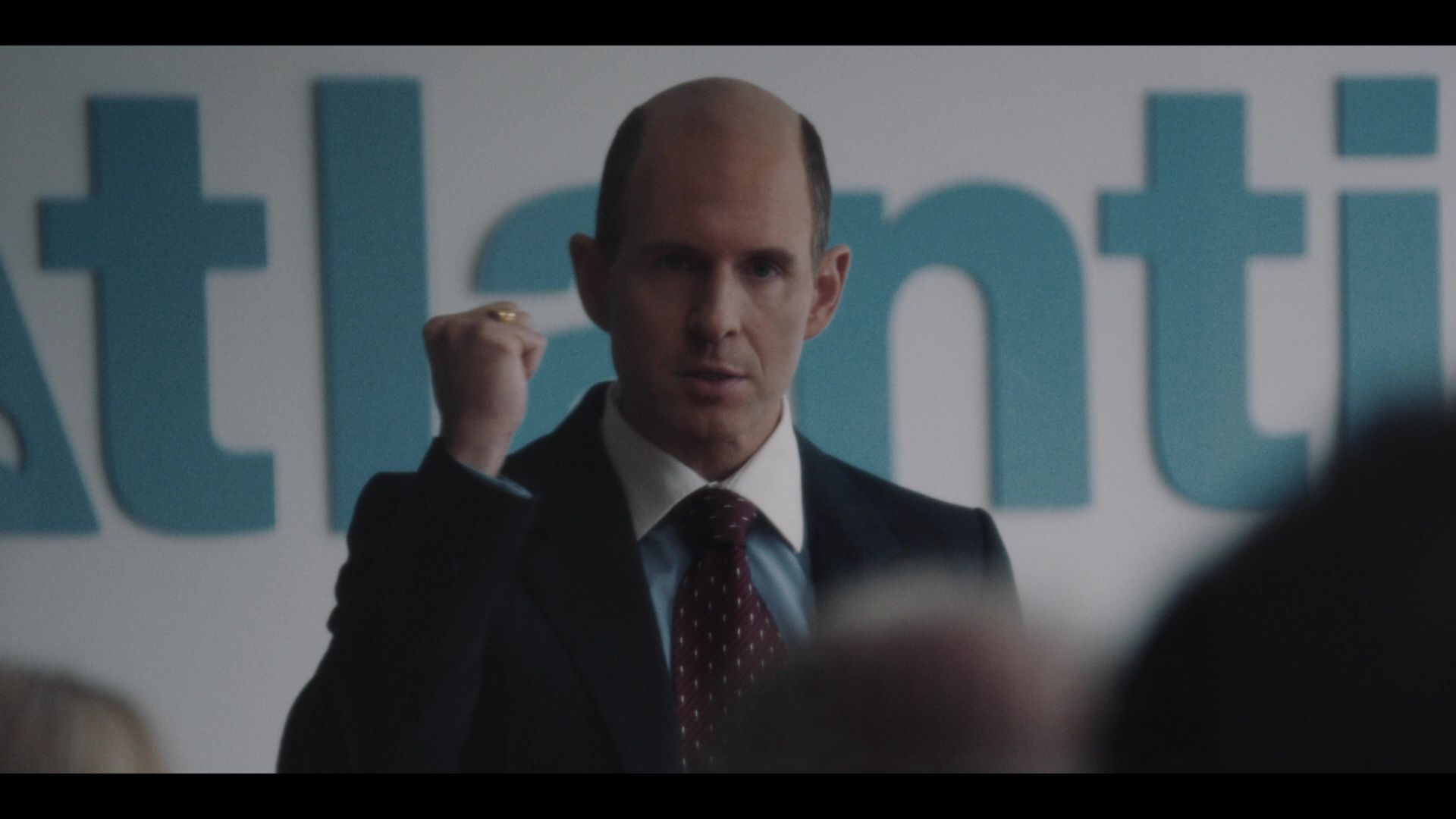
Rather disappointingly, for the American release IFC Films has chosen to go with nothing sharper than a DVD, though the disc does include all of the extras produced for Elevation’s Blu-ray. We get two full-length Matt Johnson commentaries – one where he’s joined by editor Curt Lobb, and another with Miller, Raab, composer Jay McCarrol and production designer Adam Belanger – and a third “reaction commentary from an actual RIM engineer” which isn’t quite as explosive as one might hope. There are also seven featurettes exploring various aspects of the production – the one on the repurposing of Hamilton as Waterloo, Toronto and even Manhattan is a particular gem – as well as a celebration of the film crew and a blooper reel. If you’re in the US, import the Blu-ray; no point in settling for an antiquated product.
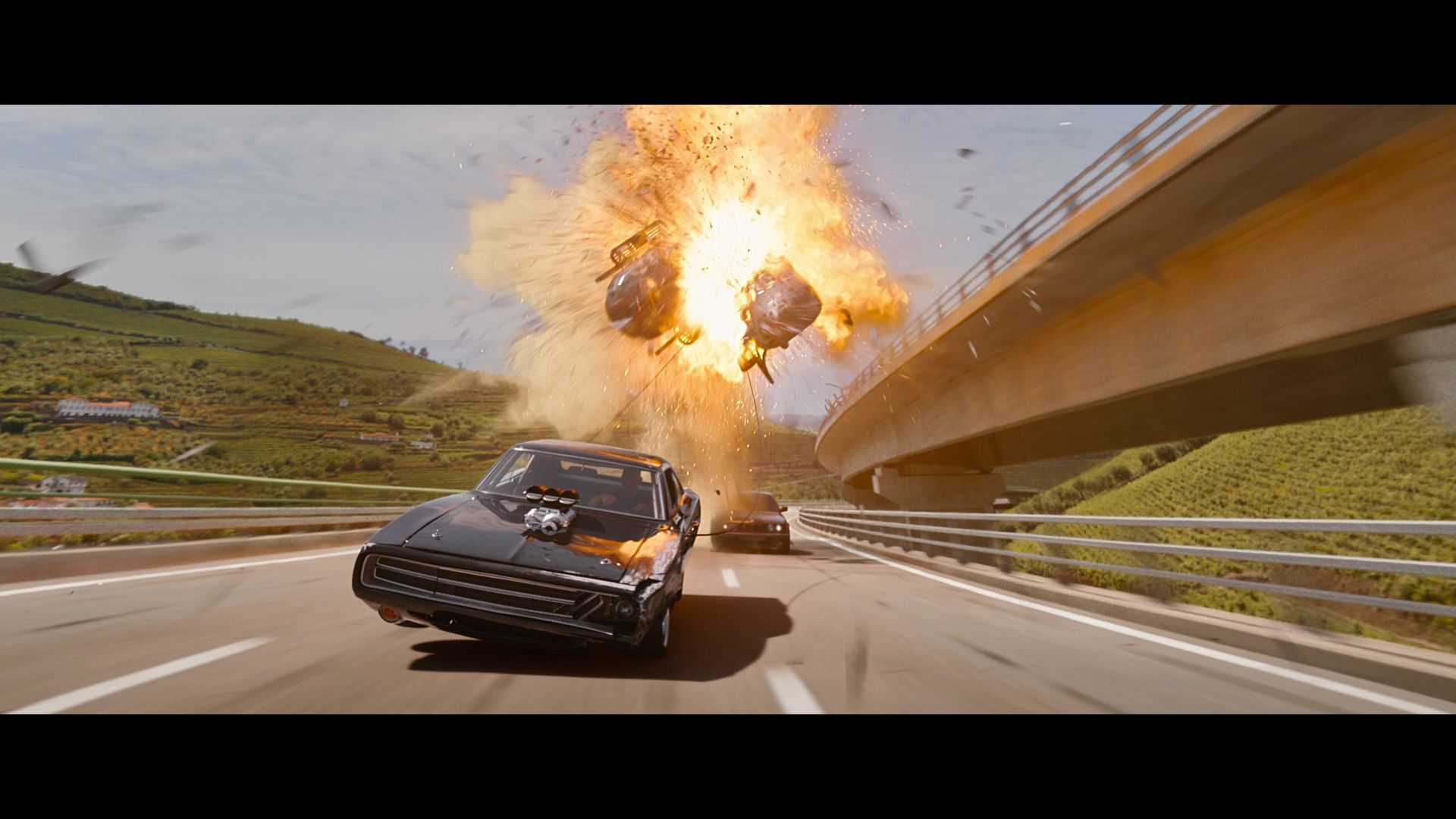
To Fast X, then, and the actual burning of bridges – or blowing them up, or using one to stage a jaw-dropping heist, as Mr. Dominic Toretto did back in 2011’s Fast Five. Fast X opens by returning to that moment to facilitate another of the series’ endless and shameless retcons; it turns out that Joaquim de Almeida’s sleazeball villain had another son, Dante (Jason Momoa), on said bridge with him when the bank vault came flying through the air – and, a decade or so later, Dante returns to seek maniacal revenge on Dom and his entire crew with a master plan that involves framing them for an attempted bombing of Vatican City, branding them all as fugitives, cutting them off from Agency support and sending Dom on a desperate chase around the globe to clear his name.
Weirdly enough, this is almost the exact same plot of Mission: Impossible – Ghost Protocol, which I watched a few days later as part of my big ongoing challenge to run that entire series in Paramount’s new 4K steelbooks. Maybe in Fast XI it’ll turn out Dante’s a big Brad Bird fan, because why wouldn’t he be? Momoa could totally sell that.
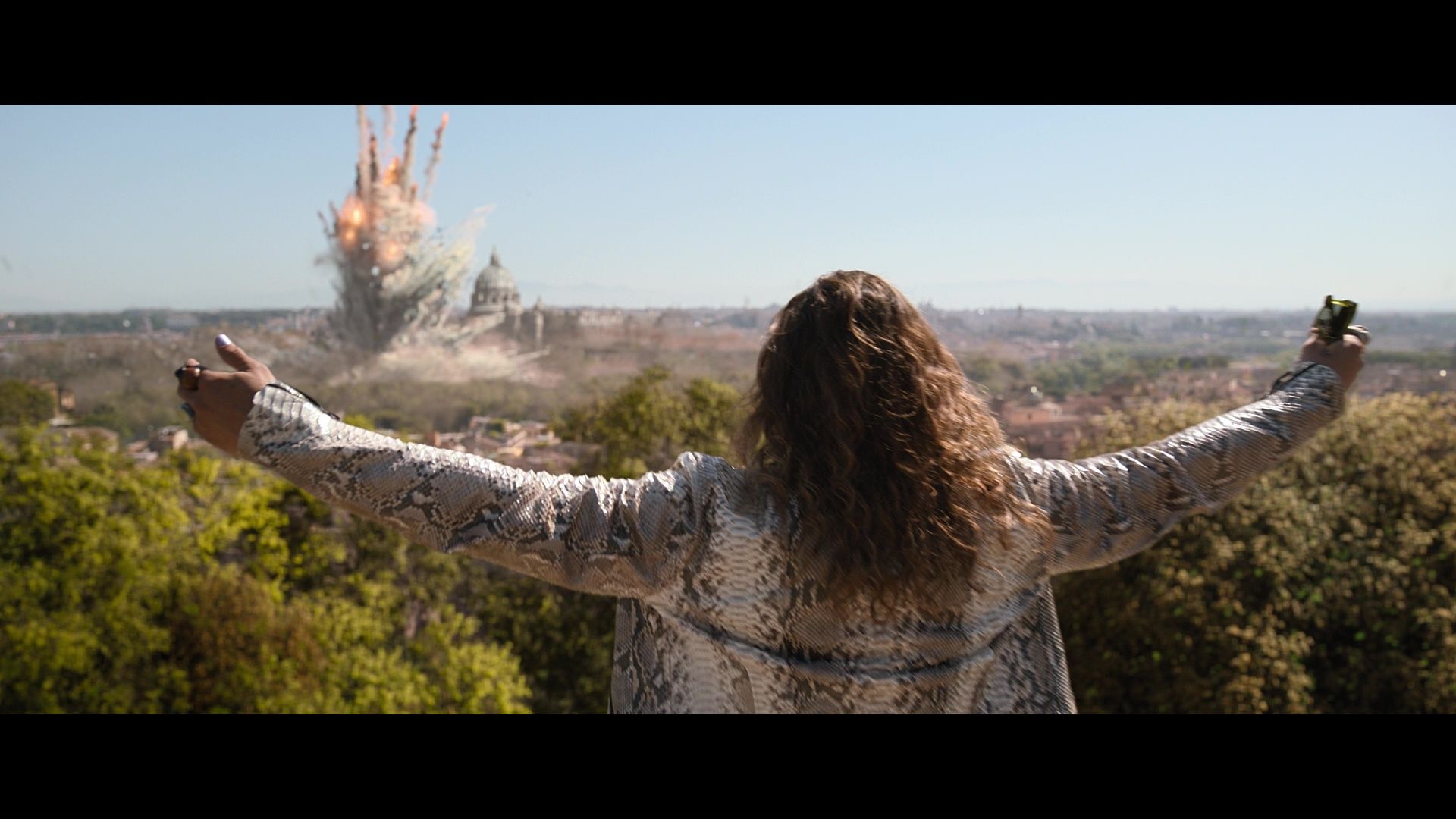
But calling a Fast movie derivative is almost redundant at this point, since the films no longer function as original works; ten pictures in (eleven if we count Hobbes and Shaw, and since a number of characters from that film turn up in this one we might as well), they’re just an interlocking series of stunts and sassy conversations intercut with callbacks to previous films bolstered by explanations for how this thing or that thing could work. Remember in F9 when Tyrese Gibson and Ludacris had a little exchange about how weird it was that neither of them ever gets hurt in any of their impossible adventures, shortly before they drove a Fiero into space? Well, this time Dante gets to hector Dom about how preposterous it is that the enemy of the last picture joins the family in the next one – just before John Cena shows up to play funcle to Dom’s recently discovered son Brian, saving him from a murder squad.
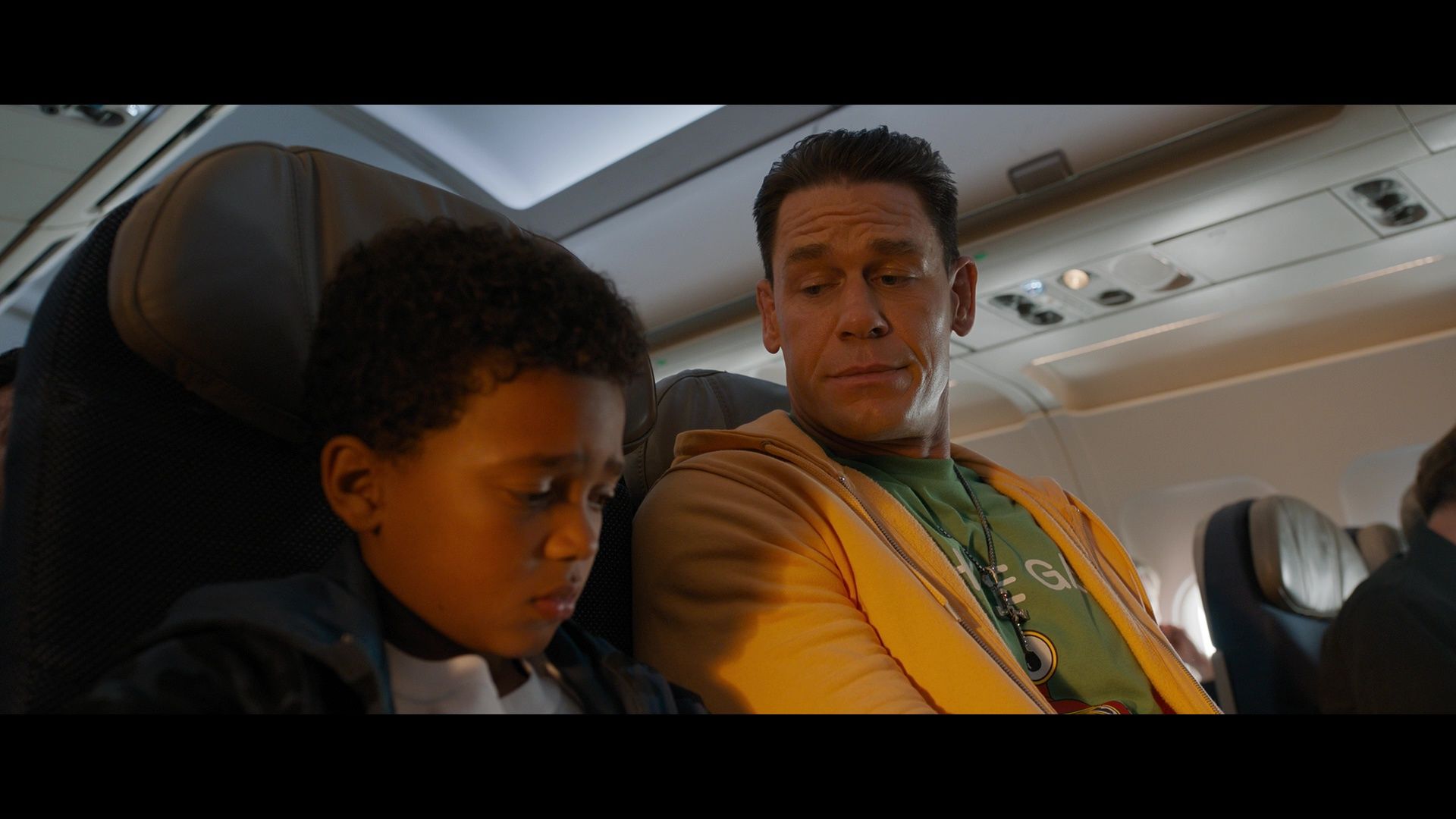
It's all ridiculous. It doesn’t matter. People don’t come to these movies for logic, physics or emotional stakes; they want to see Diesel and his pals defy those things in increasingly pretzeled ways, using cars to smash other cars (or helicopters, or bank vaults, or hydroelectric dams) in spectacular demolition derbies, with the occasional hand-to-hand combat sequence like Charlize Theron’s Cypher kickpunching her way through her own hired goons, or subsequently facing off with Michelle Rodriguez’ Letty in a black-site facility before joining forces to break out together. Brie Larson and Scott Eastwood turn up to nod knowingly as Agency heavies, with Reacher’s Alan Ritchson as their newest colleague, and everyone else you like is back too. The movie’s two hours and twenty minutes long and doesn’t even have an ending, because at this point Universal knows we’ll all be back for the next one to see how the cliffhanger resolves itself.
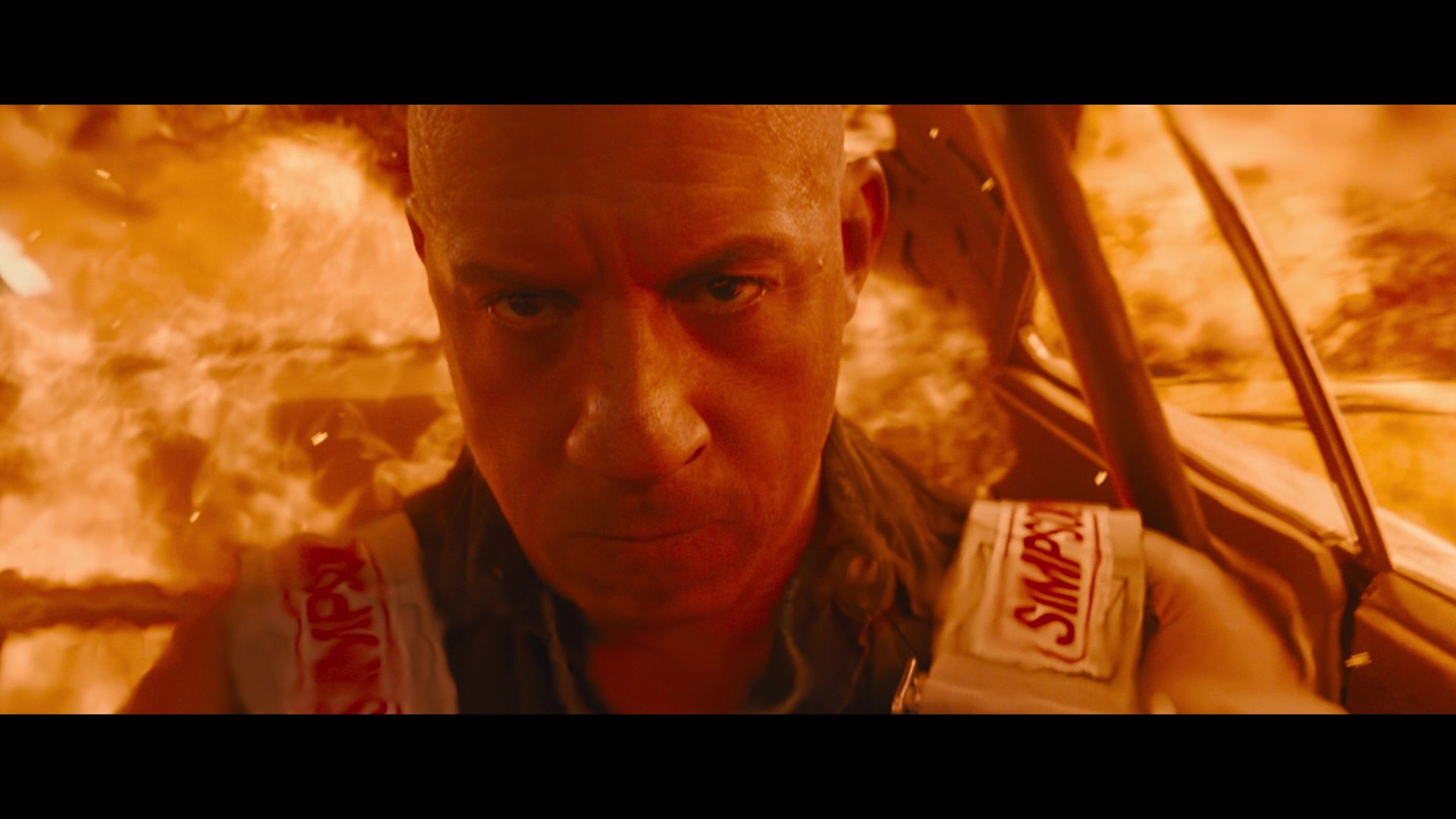
I’ll admit it: I’m always skeptical of each new Fast movie, and I’m always surprised at how much gas is left in the franchise’s tank. If Michael Bay’s Transformers movies are written by six-year-olds smashing their action figures together, these films at least have grown-ups figuring out how Hot Wheels playsets would function at scale in an approximation of the real world. Sure, they don’t acknowledge things like G-force trauma and concussive injuries because this is a movie that opens with a flashback to the time our heroes killed like a hundred people with a bank vault; you can take your concerns about the fragility of the human body and shove ’em, seatbelts are awesome, etc.
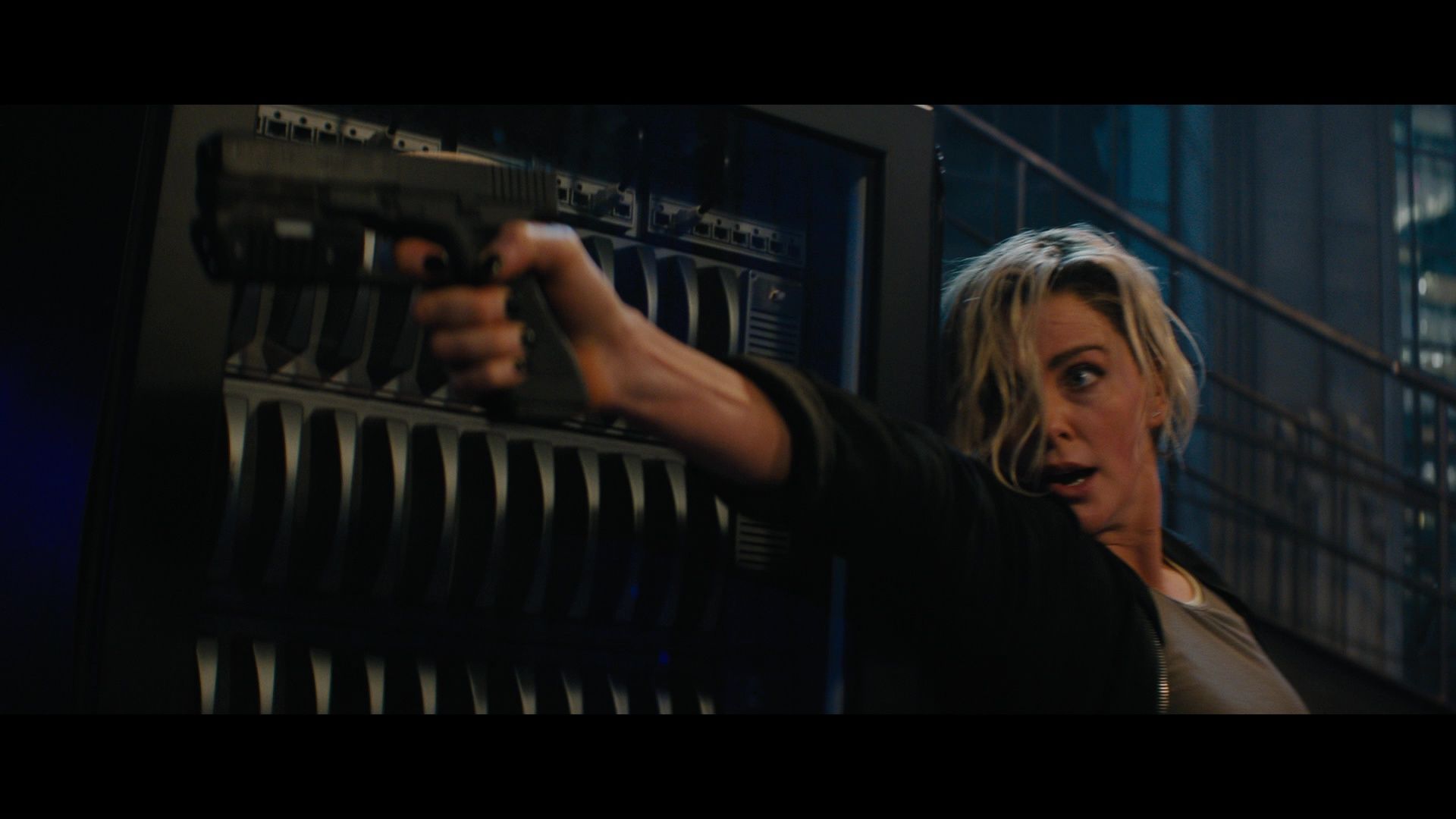
Universal only sent me the Blu-ray of Fast X, rather than the 4K edition, so I can’t speak to the quality of the UHD presentation. But the 2K version is pretty close to a reference-quality presentation, with crystalline image quality and booming Atmos audio; these movies are destined to be on auto-repeat in every Best Buy in the world, and Fast X will sell the hell out of a lot of HDTVs.
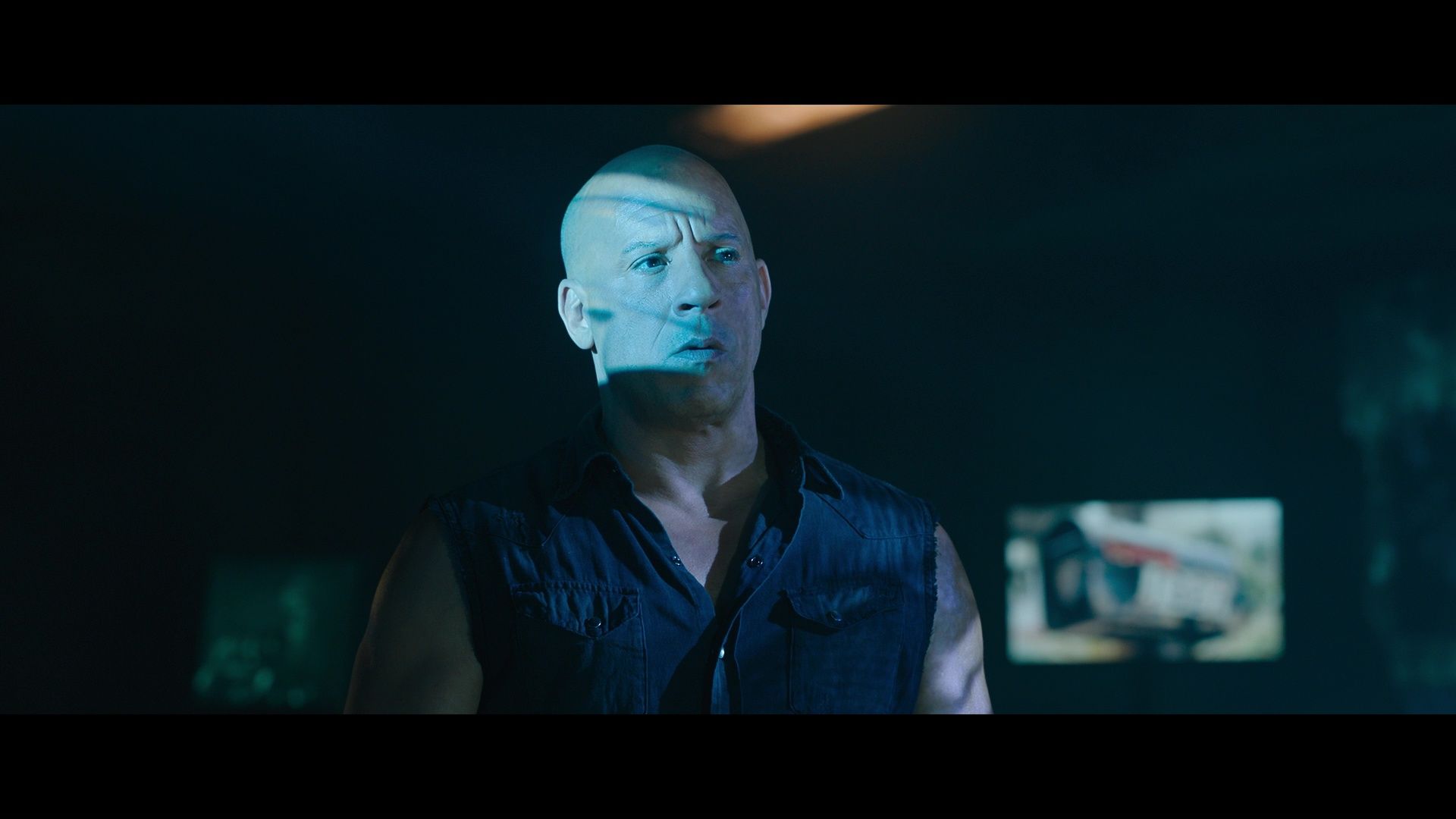
The extras package is pretty decent as well, though it was clearly produced by people who’ve been doing this so long they’re basically on autopilot; the cornerstone featurette “This Is Family” opens by acknowledging the age of the series – it’s been going on for 22 years now, even if Vin Diesel refuses to acknowledge the passage of time by changing his look – and the ways in which Fast X leans on previous installments for its master plot. Leterrier contributes an audio commentary and some scene breakdowns, and there are additional looks at the fight choreography of Theron and Rodriguez’ fight scenes (“Belles of the Brawl”), Momoa doing a lot of his own stunts (“Conquering Rome”) the big drag race (“Tuned Into Rio”) and the charming relationship between John Cena’s Jakob and Leo Abelo Perry’s Brian (“Little B Takes the Wheel”). A gag reel and two music videos are also included, along with a longish segment on the cars used in the film (“Xtreme Rides of Fast X”) and a look at the surprise return of a certain cast member (“A Friend in the End”). Look, these movies have superfans, and I assume they love this stuff.
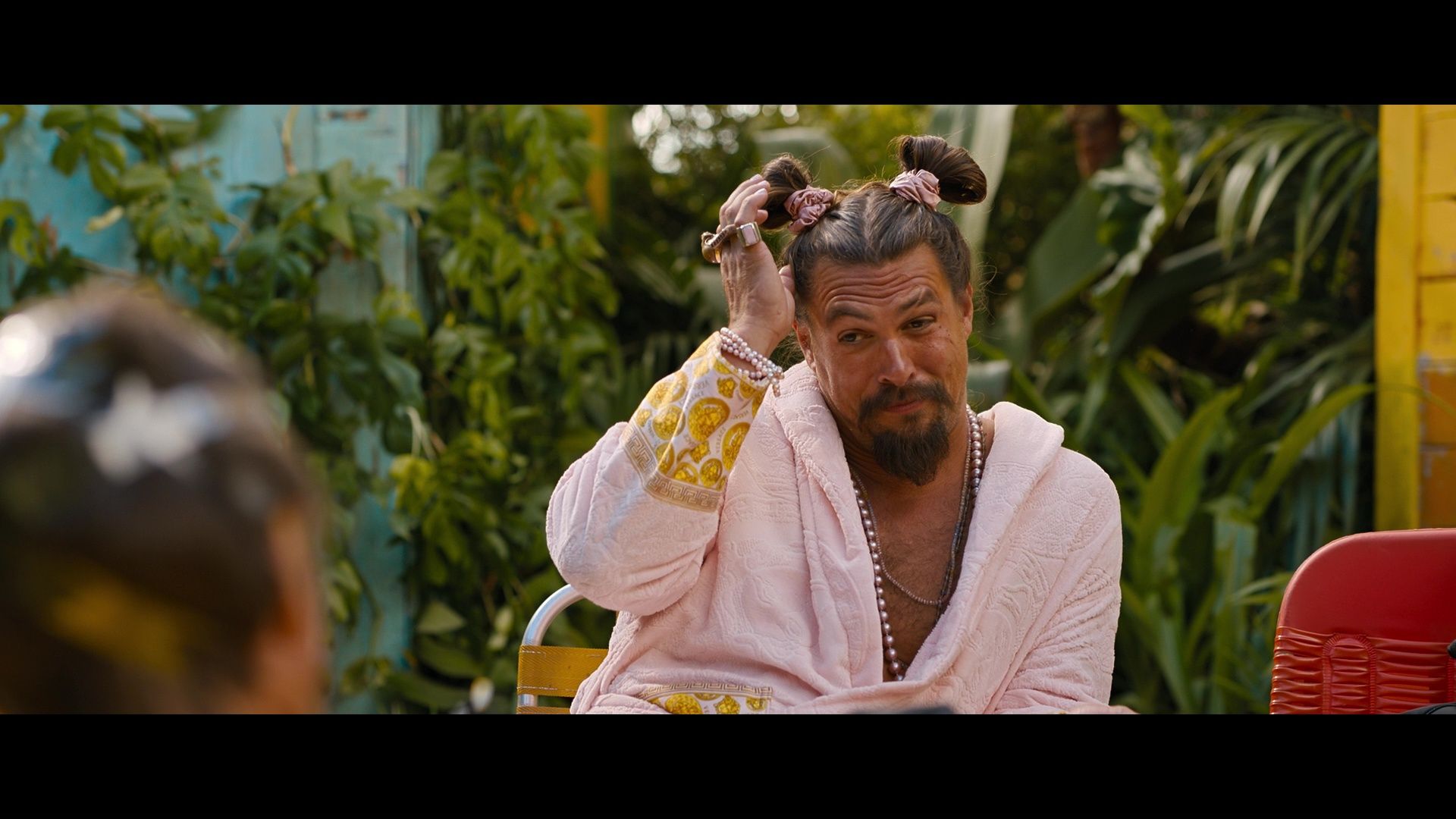
Are you a Fast Saga superfan? Because if you are, you’ll want to read this next bit: Universal Studios Home Entertainment has supplied me with a Blu-ray copy of Fast X for a subscriber giveaway – so shoot an e-mail to me at normwilner@gmail.com by 9am ET tomorrow (Thursday, August 24th) with the name of Dom’s beer of choice in the subject line. I’ll randomly select a winner from the correct entries. Vroom vroom.
Blackberry is available now on Blu-ray from Elevation Pictures in Canada and IFC in the US. Fast X is available now on 4K and Blu-ray from Universal Studios Home Entertainment.
In the next paid edition: Criterion rolls out a glorious 4K edition of Akira Kurosawa’s Dreams , and brings Cheryl Dunye’s The Watermelon Woman to Blu for the very first time. Upgrade that subscription so you don’t miss it!
